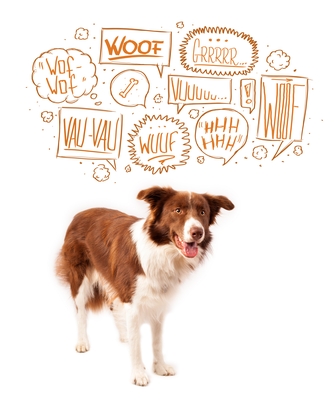Change is our middle name.
Yet, because we began our careers as writers and journalists, words are near and dear to us. So, from time to time, we wear our linguistic hats and probe into the nature of language. Which, sorta, kinda, is part of change.
Lately, fellow wordsmiths (or smithies, we suppose) have wrestled with the notion of permanence, that is, which of the new lingos heard and invented will last more than Andy Warhol’s 15 seconds. Twerking, selfie, catfish, lean in: All have precedents and other meanings attached. Twerking, it’s said, was a Nawlins’ figure of speech two decades ago; selfie belongs to our compatriots Down Under (and even earlier, if you believe the Princess Anastasia myth). Mash-ups and phrases, like cronut and Boston strong, seem to have more legs than others.
What makes for word permanence? More professorial minds than ours cite five factors, from frequency and diversity to unobtrusiveness. Others say it takes 40 years for slang to become embedded into our dictionaries. To avoid theorizing, the venerable American Dialect Society (yes, Virginia, there is one) votes on its Word of the Year every January; believe it or not, 2013 was the year of “because” … as in “because nachos. Because politics. Because science.”
No comment.
Instead, we see two factors that count for language stick-to-it-tiveness. One, a word that’s inextricably linked to a physical object or unforgettable event. Think “drone” and “9/11.” And two, an appendix that can transform any plain-Jane ordinary adjective or noun into something new and different. After all, consider what adding “nado” and “gate” does to shark and water … among others.
Why the concern with lastingness? Because change. It’s what we do.

